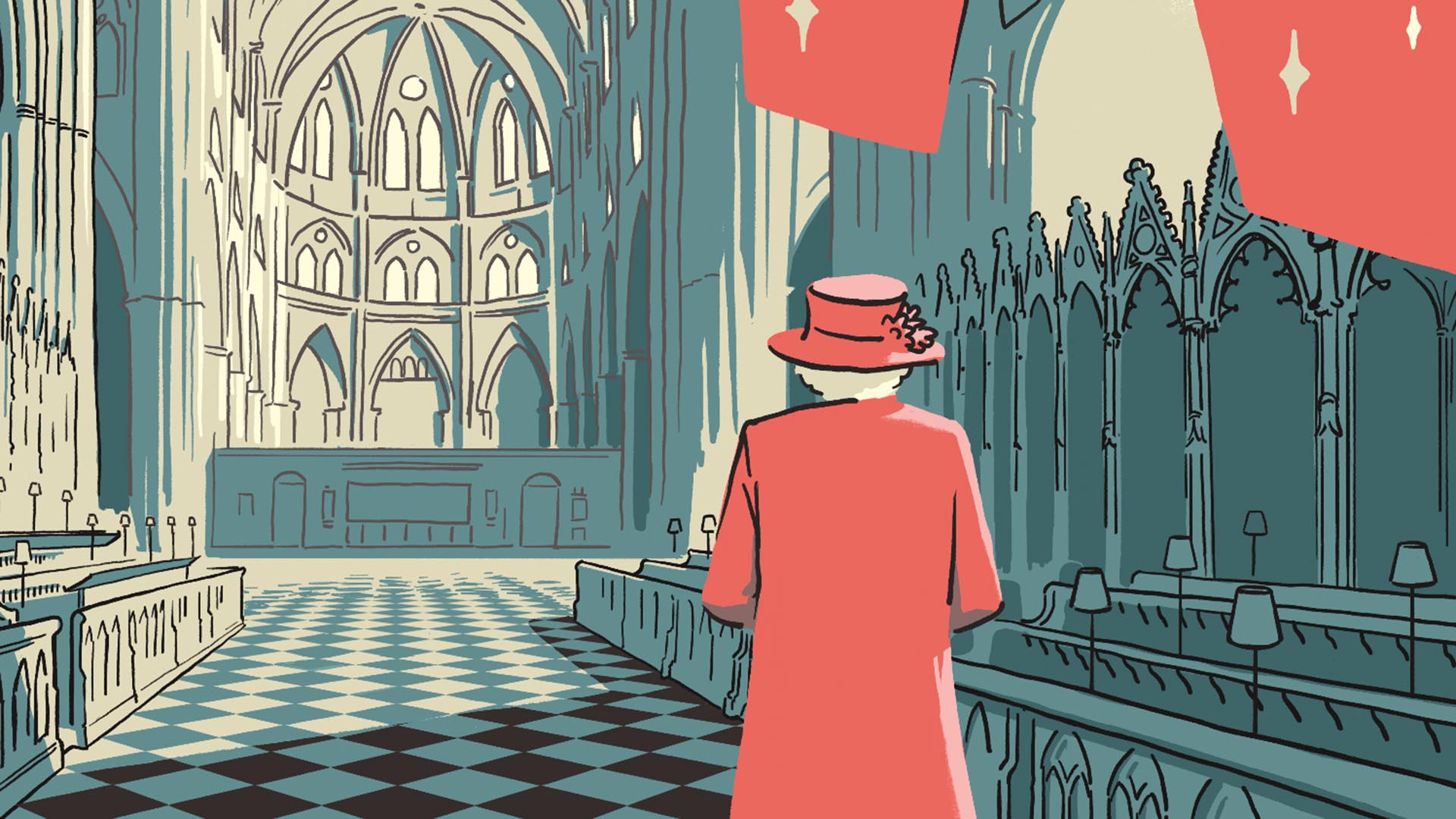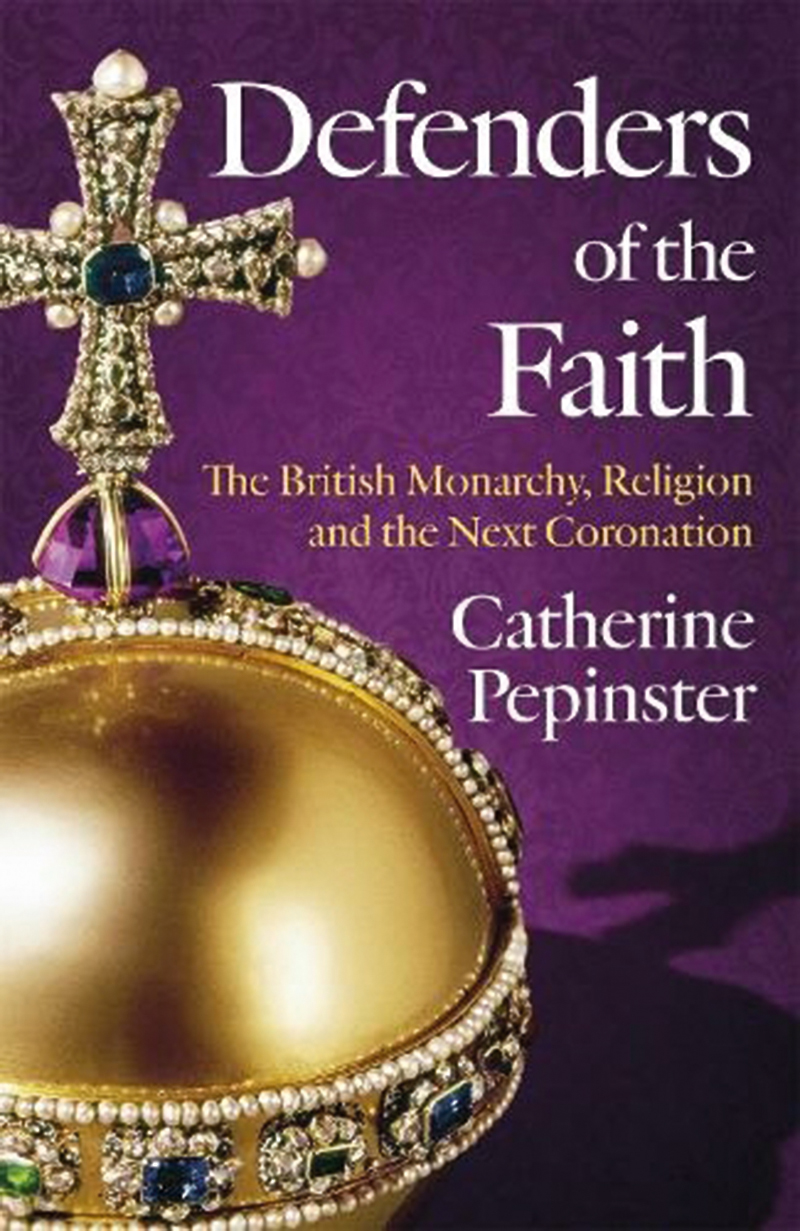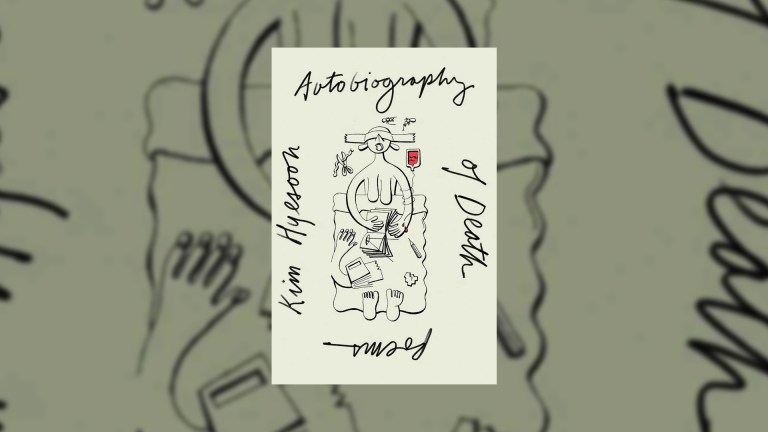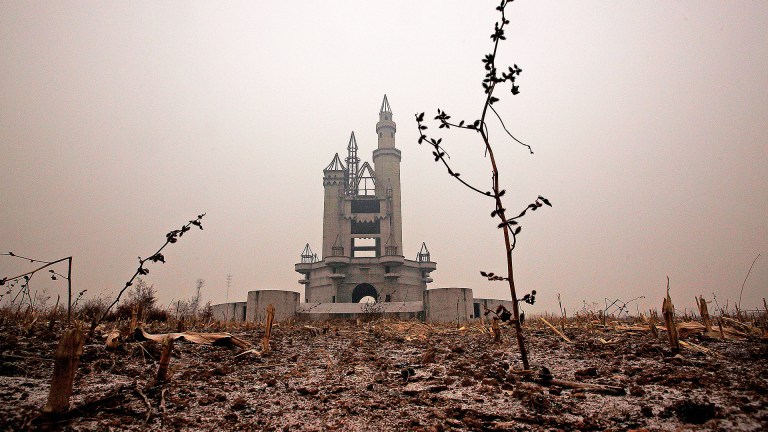One of my most favourite ever books is one I was given when I was small in the mid-’60s. It was an encyclopaedia for children, with thousands of colour pictures about the natural world, the human body, history and a section called How We Live Today. Much of it seems incredibly antiquated but one aspect is the same now as it was then. It is the same Queen today as the one pictured in my 50-year-old volume. Politicians come and go, but she has been the nation’s steady rock. This summer, huge celebrations marked her Platinum Jubilee – the only British monarch ever to reign for 70 years. For all those decades she has been on our stamps, our banknotes and our coins.
Take one of those coins from your pocket and look at the side with the Queen’s head on and you’ll find this: Elizabeth II D.G. REG F.D. The abbreviations stand for Dei Gratia Regina – Latin for By the Grace of God, Queen. The F D stands for Fidei Defensor, also a Latin phrase, meaning Defender of the Faith. What those words highlight is how entwined the British monarchy is with religion. Like her predecessors, Elizabeth II made solemn oaths at her coronation, held in Westminster Abbey in 1953, to serve God and the people.
There was also a very particular oath to uphold the Protestant religion. And yet her title of Defender of the Faith was first given to Henry VIII by a delighted pope for the English King’s defence of the Roman Catholic faith against the Protestant Martin Luther. But when Henry broke away from Roman Catholicism and created the Church of England, he hung on to the title. It’s been used by monarchs ever since.
Since the time of Henry’s daughter, Elizabeth I, the monarch has also been called Supreme Governor of the Church of England, a constitutional role that recognises the Church of England is the established, or state church. From Elizabeth I to the second Elizabeth, the role of Supreme Governor is a reminder that in this country, church, state and monarch are inextricably bound together, intended to make the country stand strong against what was once considered the malign influence of Rome.
Yet their foe was often irresistible to British monarchs: Charles II converted to the Catholic Church on his deathbed; James II converted before he became king and was eventually deposed because of it; George IV, as Prince of Wales, secretly married a Catholic – something that was banned – and Edward VII was also thought to have converted on his deathbed. Religion has also been important in serving as a guide for monarchs, reminding them that their role is not all glamour, robes and crowns but about serving the people and God. For me, Elizabeth II stands out as a monarch because religion for her is not just about her public role and ceremonials but about a deeply held belief. As she put it in one of her Christmas messages, faith is the framework of her life.
Since she came to the throne in 1952, Britain has clearly changed and become more diverse. Although head of the Church of England and committed through her coronation to uphold the Protestant religion, she has recognised that diversity, making serious efforts to build bridges with Roman Catholicism, meeting five popes in Rome over the decades and hosting two in this country. She has spoken warmly of other faiths in her Christmas messages, while also being clearly a strong believer in her own. She has encouraged other faiths, such as Islam, Judaism, Hinduism and Sikhism in the annual Commonwealth Day service held at Westminster Abbey.











